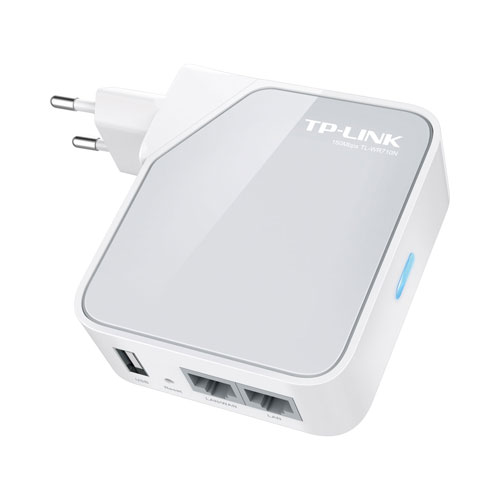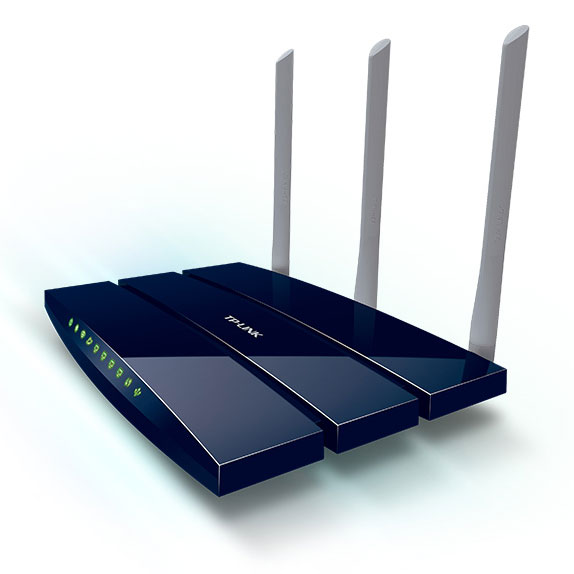The TKNet network was initially designed for site interconnect using private IP addressing (10.44.0.0/16). We’re now migrating to public AMPRNet IP addressing (44.0.0.0/8).
During migration, both address maps (old and new) need to work at the same time. Migrating all servers and all sites is quite a complex task, and may require some time. Some problems or loss of services can occur during this period, particularly with VoIP interconnects (analog repeaters, XLX, D-Star, DMR, Brandmeister, Echolink, etc…). Sorry in advance for the inconvenience.
This mini-site http://tknet.radioamateur.tk is already working on AMPRNet addressing, on a dedicated range for Internet equipments (44.190.11.0/24). The IP address of this WEB server is 44.190.11.7. Adresses are announced in BGP in a data center in Paris, then tunelled to our data center in Ajaccio, where the core of TKNet lives.
Corsica has its own XLX755 digital multi-protocol reflector, hosted into the TKNet data center in Ajaccio.
It accepts D-Star and DMR incoming connections, and has its own AMBE transcoding server. It’s the central connection point for all the digital repeaters of the island.
It also have inter-connections with :
- Several XLX interlink peers
- D-Star France XLX933 / DCS033 (modules A, K)
- IPSC2-France
Available communication modules are :
- A : XLX international
- B : XLX France
- D : XLX French-speaking (F, VE)
- K : Corsica (All repeaters of the island + XLX933 K + M17-COR)
There are also gateways to our analog repeater network (Asterisk) and M17 network.
Dashboard is available at :
http://xlx.radioamateur.tk
TKNet team is working on migrating the network to AMPRNet / HamNet public IP addressing. The subnet corresponding to the whole island of Corsica will be announced directly in BGP from our data centers of Ajaccio and Bastia. Two central firewalls will control traffic inside TKNet, but also from/to the outside of the world, in order to respect local regulations. The use of public IP addressing will facilitate the operation of D-Star and DMR digital repeaters, because it won’t be necessary to use dual-addressing or address translations anymore. Moreover, local announcement in BGP will ensure lower latency for VoIP flows with our D-Star and DMR partners. Our TKBox system (OpenWRT / OpenVPN) will remain unchanged, and will facilitate “Plug and Play” connections of remote sites and end-users (compared to old AMPRNet techniques such as IP-IP and modded ripd).
This project is under heavy work in our labs, with the help of many other people involved in France and in the world. Please be patient 🙂
TKBox Mini is based on a TP-Link WR710N router. It’s very compact, and has only one Ethernet LAN port. It’s best suited for use on “low-points” to drive a 5 GHz link, or in locations where discretion is required (Internet access hosted by a third-party).
Features are nearly the same as TKBox Standard, which has a bigger enclosure, more LAN ports, and more memory for OpenWRT additional software.
The TKBox is a router running the free operating system OpenWRT. You can connect it behind any Internet access (whatever the operator, whatever the technology : fiber, xDSL, cable, satellite…). The TKBox establishes a connection to the TKNet core via an OpenVPN tunnel. You do not need to have a fixed IP address, and you do not need any special configuration on your Internet box (ie, “port openings”). Connection is fully “Plug and Play”.
Every TKBox uses a dedicated subnet in the TKNet addressing space (10.44.x.y). Every machine connected behind a TKBox can talk with any other machine in any other TKNet location. Thus, two high points connected to TKNet can communicate with each other.
A TKBox can also provide a tiny local WiFi network, with SSID “TKNET”. Any client (PC or smartphone) is automatically connected to the network.
TKNet network uses a “star” or “Hub and Spoke” topology : every TKBox connects to a central gateway located in Ajaccio, and this gateway does the routing job between remote sites. A second gateway is being installed in Bastia, so that the network and routing is fully redundant.
Basically, a TKBox is a low cost commercial router which has been re-flashed with the free open-source operating system OpenWRT. It uses OpenVPN for tunneling to the gateways, and OSPF as a dynamic routing protocol.
Our current model, called TKBox Standard, is based on a TP-Link WR1043ND router. It has 4 LAN Ethernet ports, one WAN port, and external WiFi 2.4 GHz antennas. It’s best suited for a QRA or a high point.
We also use an ultra-compact model, called TKBox Mini .
PS: It’s possible to use any other hardware compatible with OpenWRT. TKNet specifications only involve coordinated IP addressing, special OpenVPN settings for VPN Pass-Through, and OSPF for routing.
 TKNet is a closed network for Corsican HAM Radio operators. It’s built over TCP/IP. All software are free / open-source.
TKNet is a closed network for Corsican HAM Radio operators. It’s built over TCP/IP. All software are free / open-source.
TKNet network is made of :
- Two data centers, in Ajaccio and Bastia. Those DC host various virtual servers : DNS, Firewalls, VPN gateways, WEB server, VoIP server (Asterisk, XLX), monitoring, mail, etc…
- A TCP/IP transport network using 5 GHz radio links (commercial equipment configured to work on the amateur radio bands, according to the HAM specific regulations) and VPN (“Virtual Private Network”) tunnels allowing secured communication between sites.
- Many TKBox routers on various sites. TKBox are low-cost routers flashed with open-source “OpenWRT” firmware. A TKBox connects behind any Internet box (xDSL, cable, fiber, satellite, 3G…). TKBox establishes VPN tunnels to data centers, thus allowing communication between all TKNet sites. VPNs are using OpenVPN technology. Connection is really “Plug and Play”. No specific configuration (or “port opening”) is necessary on the Internet box.
TKNet is not a public network. Accessing it is restricted to licensed Amateur Radio operators. Accessing TKNet is possible through sereval ways : a direct radio link (2.4 GHz or 5 GHz), a TKBox connected to any Internet access, or a software “OpenVPN client” to be installed on a computer (PC, Mac, Linux) or smartphone (Apple, Android).
Once connected to TKNet, you are on a private, internal network linking all sites and servers together.
Several services are available on TKNet. Examples of services are VoIP, and this WEB server.











